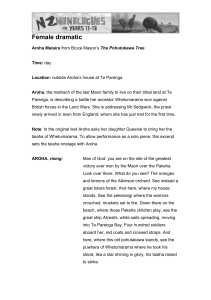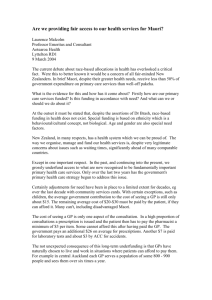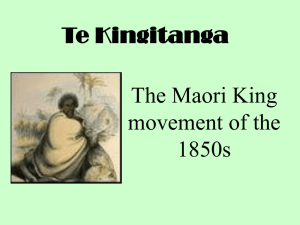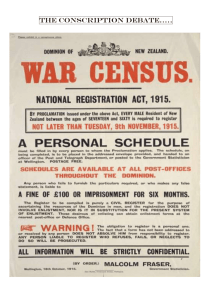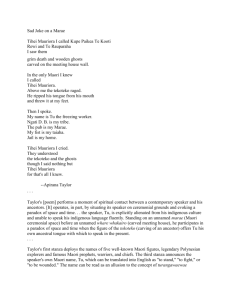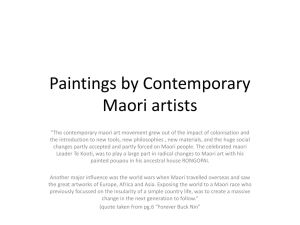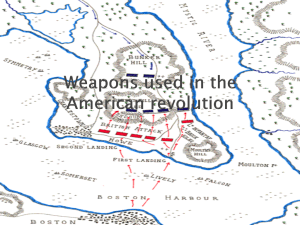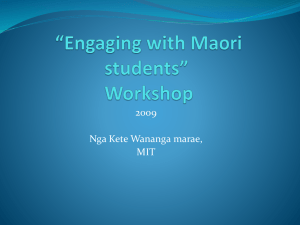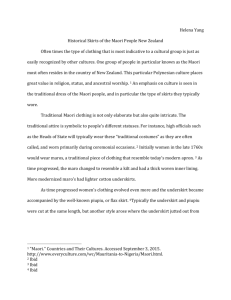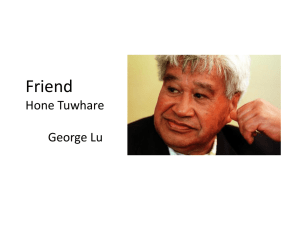The Musket Wars
advertisement
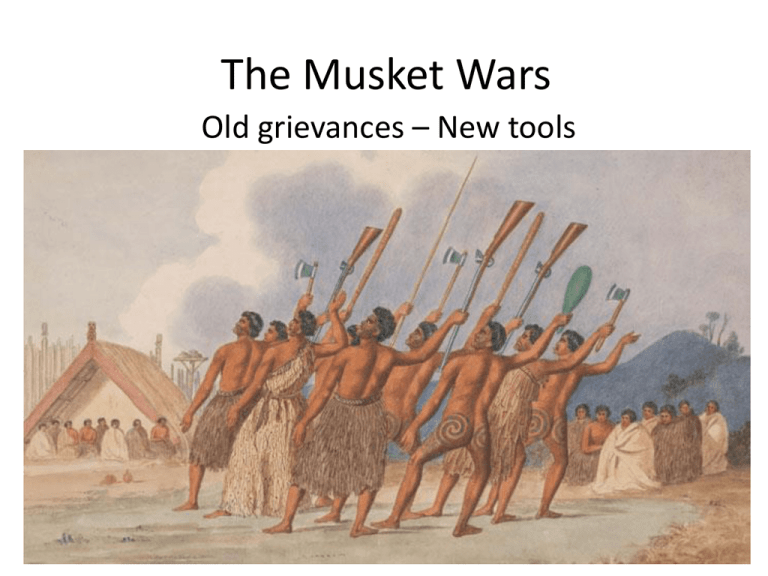
The Musket Wars Old grievances – New tools • Prior to European contact the primary weapons of the Maori Toa (warrior) were the Patu and the Taiaha Patu • There were three major types of Patu • Kotaite • Onewa • Mere Taiaha • A mix of Spear and Staff, the Taiaha was far more effective in the hands of an expert than a musket. • Stabbing with the Arero (tongue) • Striking with the Ate (flattened Blade) Other long weapons •A) Pouwhenua – More spearlike – with a sharper point •B) Tewhatewha – Axe headed staff •E) Toki kakouroa Muskets • Used in Old World combat since the mid 15th Century, Muskets were the primary weapon for the infantry. • With the invention of the bayonet and flintlock, Musketmen could defend themselves even against Cavalry. Early access to firearms • Sealers, Whalers, Traders • Access to Muskets was in such high demand that Maori chiefs would guarantee protection to Pakeha settlements to ensure access to Pakeha traders. • Maori journeys to Australia and Europe – Hongi Hika returns from meeting the British Monarch and sells most of his presents in Australia for Muskets. Spuds? Slavery, Potatoes and Taua • “An army marches on its stomach” – This was true of Taua (war parties) too. • The potato and American sweet potato gave greater nutritional value than Kumara, and were far easier to grow. • Slaves were taken to till fields, potatoes were taken by Taua on raids, and traded for more Muskets, which allowed more for larger Taua, which brought back more slaves, but needed more food. • NZ had a population of approx 100,000 in 1820 • Between 1818 and the early 1830s an estimated 20,000 Maori were killed • On a per capita basis this is far more than the 18,000 New Zealanders killed during the First World War, more like 200,000. • 30,000 Maori either became enslaved or were forced to migrate to safer territory. Discussion • Why do very few New Zealanders know about these wars? • Why aren’t they a part of our National Identity? Task • Read Milestones pg 40-45 • Answer the short answer questions on your sheets
